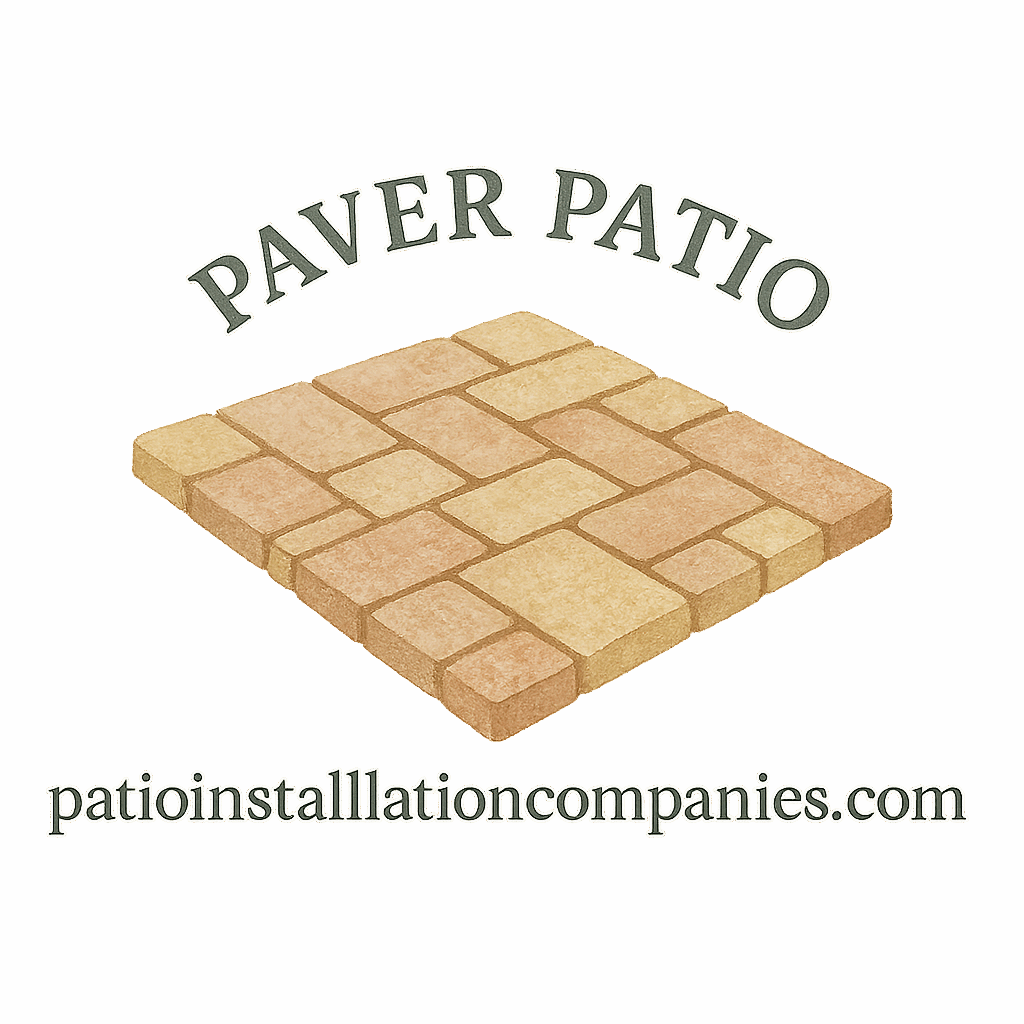Introduction
Thinking of giving your backyard a serious glow-up? A paver patio is one of the best DIY upgrades that can instantly boost your outdoor space. Whether you’re going for weekend chill vibes or an outdoor entertainment hub, a paver patio makes it happen. But before you dive in, there’s one thing you absolutely need—tools! Let’s break down the seven essential tools you’ll need to build a paver patio and why each one matters.
Why the Right Tools Matter
Just like you wouldn’t bake a cake without measuring cups or build a house without a hammer, the same goes for your patio project. The tools you choose will directly affect the quality, durability, and appearance of your patio. The good news? You don’t need a truckload—just the right seven tools will do the job beautifully.
Need help with patio planning and layout? Check out our in-depth guide on planning and design.
Tool #1: Tape Measure and Marking Tools
Why Accuracy Is Key
The first step in any patio project is planning the layout. This is where a good tape measure and some marking spray or stakes with string lines come in handy. You’ll need to define the exact shape and dimensions of your patio.
Pro Tips for Layout
- Measure twice, mark once.
- Use stakes and mason’s line to create a clear guide.
- A carpenter’s square helps ensure perfect 90-degree angles.
Using these tools ensures everything is aligned properly, saving you major headaches later on.
Tool #2: Shovel and Wheelbarrow
Excavation Made Easy
Before you can lay your pavers, you need to dig. Shovels are key for excavation and shaping the ground, while a wheelbarrow helps haul away soil or bring in gravel.
Types of Shovels to Consider
- Flat shovel: Great for leveling and shaping edges.
- Round-point shovel: Perfect for digging and lifting.
- Trenching shovel: Handy for drain lines or edging work.
These basic but powerful tools get your site prepped and ready.
Explore more backyard enhancement tips to inspire your space.
Tool #3: Plate Compactor
Ensuring a Solid Base
A solid base means a long-lasting patio. Enter the plate compactor. This tool helps you compact the soil and gravel base, so your pavers don’t shift or sink over time.
Renting vs. Buying
Unless you’re building patios for a living, renting a plate compactor is a more budget-friendly choice. Most local home improvement stores rent them by the day.
Want to make sure your patio lasts? Our maintenance and longevity guide has you covered.

Tool #4: Level and Screed Board
Achieving That Perfectly Flat Surface
Nobody wants a wonky patio. A long level ensures your base and pavers are perfectly even. Combine this with a screed board (a straight 2×4 or aluminum screed tool) to smooth out your sand layer before laying pavers.
Screeding Technique Explained
Lay down two metal pipes (called screed rails), dump sand in between, and drag your screed board across to get a uniform surface. Simple and effective.
Need budget ideas? Browse our affordable paver solutions.
Tool #5: Rubber Mallet
Setting Pavers Without Damage
This tool may look harmless, but it’s a game-changer. A rubber mallet allows you to gently tap pavers into place without cracking them.
Avoiding Common Installation Mistakes
- Don’t use a metal hammer—ever.
- Tap gently in a circular motion to seat pavers.
- Recheck your level often to avoid uneven areas.
Check out more paver ideas for inspiration!
Tool #6: Masonry Saw or Paver Splitter
Cutting Pavers Like a Pro
Chances are, you’ll need to cut a few pavers to fit around curves or edges. A masonry saw gives you precise cuts, while a paver splitter is a manual tool that’s easier on the wallet.
Safety First with Power Tools
Always wear safety goggles, gloves, and a dust mask. Cut in a well-ventilated area, and follow the manufacturer’s instructions carefully.
For a full breakdown of paver types, read our concrete vs pavers comparison.
Tool #7: Broom and Polymeric Sand
Locking Everything in Place
Once your pavers are laid, it’s time to lock them in. Sweep polymeric sand into the joints and mist with water. This creates a durable bond that resists weeds and erosion.
Final Cleanup and Finishing Touches
Use a stiff broom to brush off excess sand and give your patio a neat finish. Don’t forget to seal your patio after it’s fully dry for added protection.
Browse outdoor care tips for year-round beauty.
Bonus Tools That Make Life Easier
While not essential, these tools can make your life easier:
- Garden hose for shaping curves
- Landscape fabric for weed control
- Edge restraints for structure
- Gloves to protect your hands
- Knee pads for comfort
Looking for creative flair? Peek into our creative outdoor design ideas.
DIY vs. Hiring a Contractor: What’s Right for You?
Understanding Your Limits
DIY is rewarding, but not always easy. Know your limits—physical strength, available time, and skill level all matter.
Cost vs. Convenience
Hiring a pro may cost more upfront but saves time and ensures top-notch results. Compare estimates with our contractor cost guide.
Curious about doing it yourself? Visit our installation DIY section for guidance.
Common Mistakes to Avoid When Building a Paver Patio
- Skipping compaction steps
- Not sloping the patio for drainage
- Using the wrong sand type
- Forgetting edge restraints
- Not checking level often enough
For more helpful insights, explore patio comparison posts.
Maintenance Tips for Long-Term Patio Success
Seasonal Care Essentials
- Sweep regularly to prevent buildup.
- Reapply polymeric sand every few years.
- Seal your patio every 2–3 years.
Longevity Boosters
Check out our paver lifestyle tips for more ideas on keeping your outdoor space in tip-top shape.
Get more seasonal help with our patio maintenance guide.
Conclusion
Building a paver patio is one of the most satisfying home projects you can tackle. With the right tools, a solid plan, and a bit of elbow grease, you’ll create a stunning outdoor space you can enjoy for years to come. So grab your gear and start building—it’s patio time!
For more design ideas, visit our patio ideas page. Want to spice things up? Add some patio accessories or try out outdoor decor trends!
FAQs
1. Can I build a paver patio without a plate compactor?
You can, but it’s risky. Without proper compaction, your pavers may shift or settle over time. Rent one—it’s worth it.
2. What’s the best base material for a paver patio?
Use crushed gravel topped with a layer of coarse sand. This combo offers solid support and proper drainage.
3. How do I stop weeds from growing between pavers?
Use polymeric sand and landscape fabric. For more tips, visit our paver cleaning section.
4. Is it cheaper to build a patio yourself or hire a pro?
DIY can save money if you already have tools and skills. But for complicated projects, pros might save you money in the long run.
5. How long does it take to build a paver patio?
Most DIY patios take a weekend or two, depending on size and complexity.
6. Do I need to seal my paver patio?
Yes! Sealing protects against stains, weeds, and fading. Learn more in our outdoor care section.
7. Can I reuse old pavers for a new patio?
Absolutely. Just clean them well and ensure they’re structurally sound. It’s a great way to stay on budget—check out our patio budget tips.


